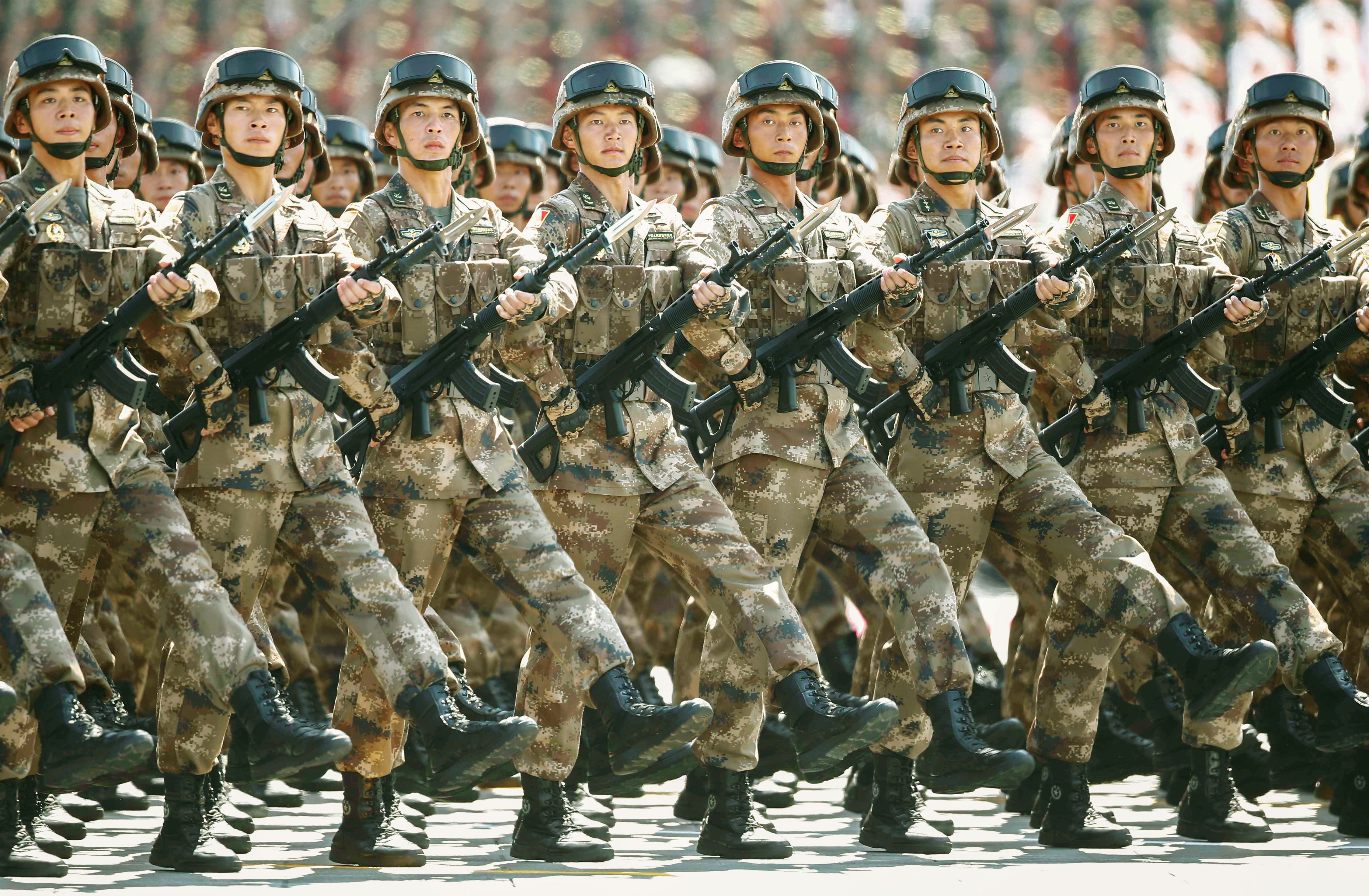What happened in Washington in recent months, with the election and the appointment of Donald Trump as president of the United States, is having immediate and important impact over Beijing where directly comes the aftermath of one of the most important political change in recent American history.
There are many reasons why Chinese policy was immediately called to deal with the news coming from the USA: paradoxically, China may be the new “liberal” power against a US policy now focused on protectionism and on the desire to bring back work inside the US borders, as well as Beijing feels the possibility of playing a crucial role in an International Order different from that of a few months ago. Especially the confrontation with Washington passes by the need to accelerate the modernization of its armed forces.
Gradual but incisive military reforms
For years, in fact, the watchword was inherent the renewal of all the Chinese security apparatus; the fear of being a “giant with clay feet” has always gripped the Beijing leadership.
The reasoning of the Chinese leadership regards the insight that, alongside the economic successes of the past 15 years and beyond the success of media plans to redo a positive international image of the country – as in the case of the 2008 Olympic Games – it is unthinkable not take a path of decisive military modernization and of all the armed and security forces, and in the Thirteenth Five-year Plan of the People’s Republic, which covers the expenses from 2016 to 2020, a remarkable place about is reserved for defense investment.
In particular, the facilities will be rammodernate and several new vehicles will be produced with the expressed purpose of consolidating a strong growth in efficiency of all the delicate defensive apparatus of Beijing, which in the future will face challenges both external and internal.
But the process launched several years ago and intensified with the last five-year plan, is not just about investments and growth in vehicles and infrastructure: the Chinese government aims to overcome regulatory and organizational obstacles that currently prevent all the Chinese armed forces to recover the last gap with other major powers, USA and Russia in first place.
For achieve, in fact, the goal of modernization of the sector defense, China focuses on two precise directions: first, rebalance the internal relations of the armed forces, which are very much in favor of the Army, absorbing most of the men and the means of the industry, secondly the modernization program also involves the ambitious project to combine military and civilian industry. In short, all sectors of the armed forces (and then not only the Army) should be competitive and to do that it’s necessary the rebalancing of the investment and an increased integration of civil and military industry.
It is no coincidence that the 2017 seems to be the year of the final breakthrough of Chinese policies designed to achieve the objectives described above: the American turning point with Donald Trump, the first diplomatic tussle with the new American government right the day after the appointment of the President, joined also with other challenges emerged in recent years by changes in international contexts, have convinced Beijing to speed up the reforms of the armed forces.
In recent days, the “National Defense Industry Enterprice Military and Civil Integration Alliance” was established, a company formed under the strict guidelines of the central government and which has as its main shareholders the “Association of Chinese industrial companies for the national defense”, the “China Great Wall Industry Group” (ie the company involved in the management of services and the recent launches of Chinese satellites) and the “China Fortune Land Development”; this is tangible proof of the new course of Chinese defense: civil technology available to the military and vice versa, with an integration between war and civil sectors never before seen in the country.
They want to try to put in place immediately massive investments for the modernization of the armed forces and of the defense infrastructure network, but more generally Beijing also wants to give a show of strength to the main international contenders: China is ready to combine the technological growth with improvement of its defense equipment. All of course, in view of a project of a People’s Republic even more effective in international contexts and increasingly more ready to take on the role as a great world power, both economic and military.
All the army, as the Navy, the Air Force and all other sectors of the defense, must be ready to cope with external and internal threats, and to move jointly to secure national interests.
The role of the President Xi Jinping
Took office in March 2013, the successor of Hu Jintao as head of the People’s Republic has immediately given important impetus to policies aimed at strengthening the defense; Xi Jinping explicitly placed the modernization of the armed forces between fundamental plans within the last five-year plan and it is the current Chinese leader to chair the commission, born a few months ago, for the integrated military-civilian development .
A choice, the latter, which also has a clear and important political significance: Xi Jinping intends to centralize power, to make his presidency an organ that directly controls the major and vital organs of the Chinese political life, as also of the same Communist Party of China, of which Xi is secretary since November 2012.
Will be then Xi Jinping to personally oversee the modernization program of the army and of the armed forces in general, a move that also launches a particularly important message to the USA: China will be more and more ready in the future to defend its interests.
Source: Gli occhi della guerra





